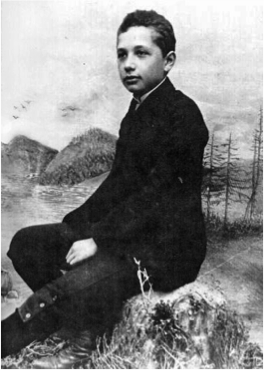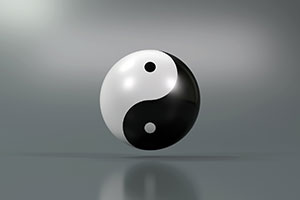-
WHAT IS NASA PHYSICS?
-
MODULES
-
Forces and Motion
-
Conservation of Momentum & Energy
-
Temperature and Heat
-
Fluids
-
Optics
-
Electromagnetic Spectrum
-
Modern Physics
-
Anticipation Guide 7
-
Intro to Modern Physics
-
Blackbody Radiation
-
The Ultraviolet Catastrophe
-
The Photoelectric Effect
-
Bohr's Atom
-
Spectra
-
Radioactive Decay
-
Special Relativity (SR)
-
Simultaneity
-
Distance and Time
-
General Relativity
-
May the Forces be with You
-
Modern Physics Notebook
-
Assessment Problems 7
-
-
Useful Things
-
-
SITE MAP
Modern Physics
-
Anticipation Guide
-
Intro to Modern Physics
-
Blackbody Radiation
-
The Ultraviolet Catastrophe
-
The Photoelectric Effect
-
Bohr's Atom
-
Spectra
-
Radioactive Decay
-
Special Relativity (SR)
-
Simultaneity
-
Distance and Time
-
General Relativity
-
May the Forces be with You
-
Notebook
-
Assessment Problems
The Photoelectric Effect
A number of observations showed that light acts like a wave, but some other observations could only be explained if light were made of fast moving particles. In particular, physicists had noticed that sometimes when light hit metals, electrons were emitted from the surface. This was called the photoelectric effect; photo because of photons of light, and electric because the movement of electrons is electricity. The problem was this didn’t happen all the time. Four observations required explanation:
Al Einstein at age 14 while a physics student; Image from Wikipedia. 1. Electric current would flow as soon as light struck the metal. Even dim light causes instant flow of current.
1. Electric current would flow as soon as light struck the metal. Even dim light causes instant flow of current.
2. Electric current only flows when high frequency light (violet and blue) hits the metal, but not if low frequency (red) does, no matter how bright.
3. The energy of emitted electrons doesn’t depend on the brightness of the light, but on the light’s frequency. In other words, once a high enough frequency light hits the metal, the energy of emitted electrons increases if an even higher frequency is used.
4. The amount of electrical current that flows increases with increasing brightness of the light.
Light as waves fails to explain these observations. If light were a wave it could cause current to flow, but not immediately, it would take prolonged shining for the energy imparted by light waves to accumulate and dislodge electrons. Additionally, all waves of all frequencies carry energy so it doesn’t make sense that only high frequency waves of light would free electrons. Finally, brighter light carries more energy than dim light so the energy of the electrons should be higher, not the amount of current flowing.
Albert Einstein, the mild-mannered German physicist came to the rescue. In 1905 he published an explanation of the photoelectric effect based on the assumption that light is a stream of particles or photons. The explanations for the observations above are:
1. Assume that a minimum amount of energy is needed to free an electron from metal. Photons carrying enough energy would do so instantly.
2. Photons with too little energy cannot dislodge electrons. Recall that high energy light (violet and blue) carries enough energy to free electrons, but lower energy red light rays do not.
3. High energy photons not only free electrons but impart kinetic energy to them; the higher the energy of light the more KE of the freed electrons.
4. Each photon hitting metal frees one electron, so a brighter light means more photons, and more freed electrons and hence more current flow.

It all seems so reasonable once Einstein explained it to us; he received a Nobel Prize for his new explanation of light.
Light is remarkable – sometimes it acts just like a wave, and sometimes just like particles. It is both, ying and yang.
Left: ying yang © Martin Bech - Fotolia.com
© 2013 by Wheeling Jesuit University/Center for Educational Technologies®. 316 Washington Ave., Wheeling, WV 26003-6243. All rights reserved. Privacy Policy and Terms of Use.

